Lawn Insects Library
Common Lawn & Yard Insects
Without professional lawn care or other services offered by Turf Masters, your lawn and property may have insect issues.
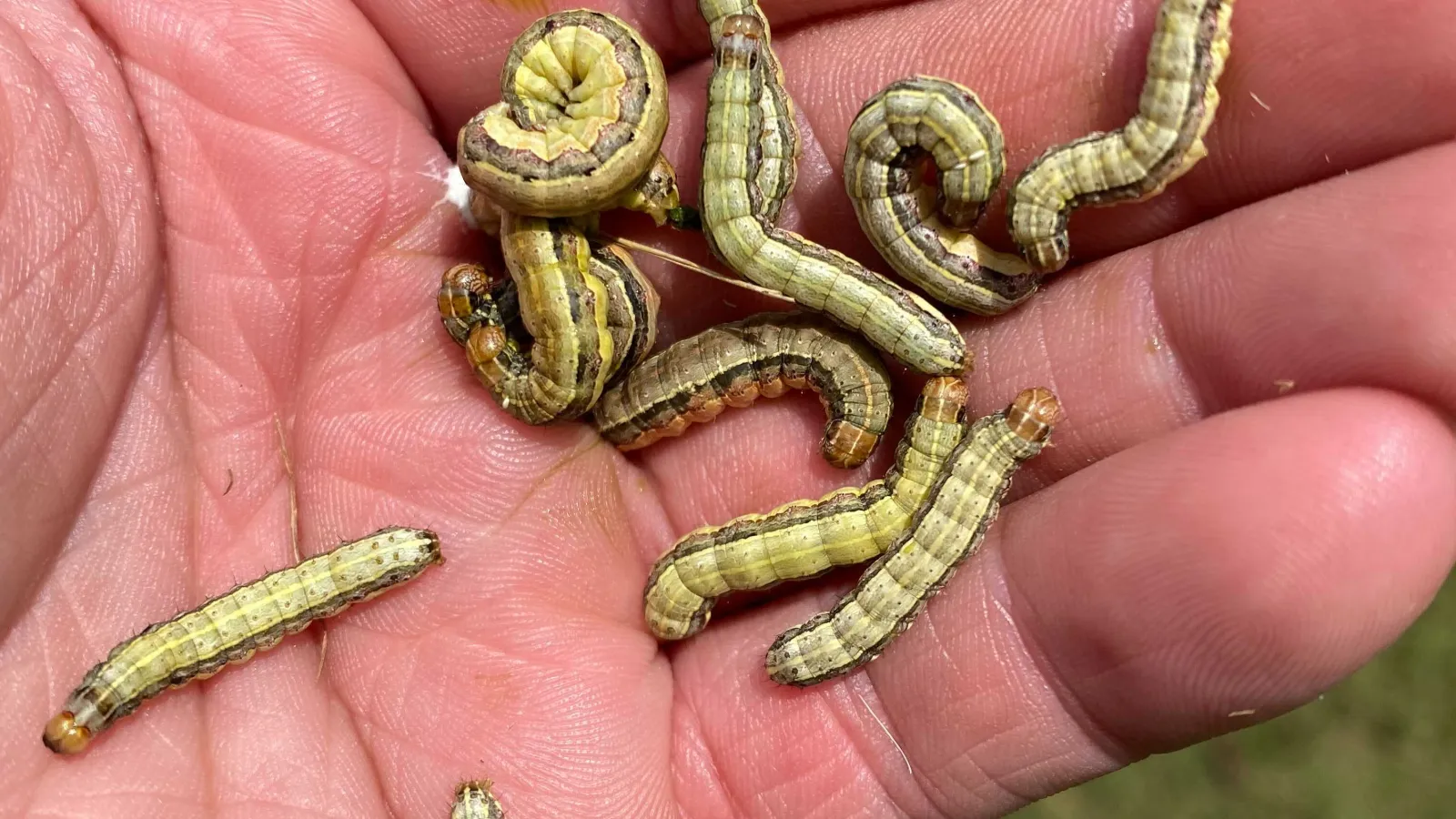
Armyworms
- Found in Zoysia, Bermuda, and Fescue
- Active in late summer or early fall
In our area, fall armyworms most commonly appear in new sod but can also appear in established lawns. Affected areas can form yellow to brown patches that are sometimes mistaken for disease or drought stress indicators. They can quickly destroy an entire lawn. We offer a one-time treatment for preventing armyworm infestations.
Photo credit: Yahoo.com
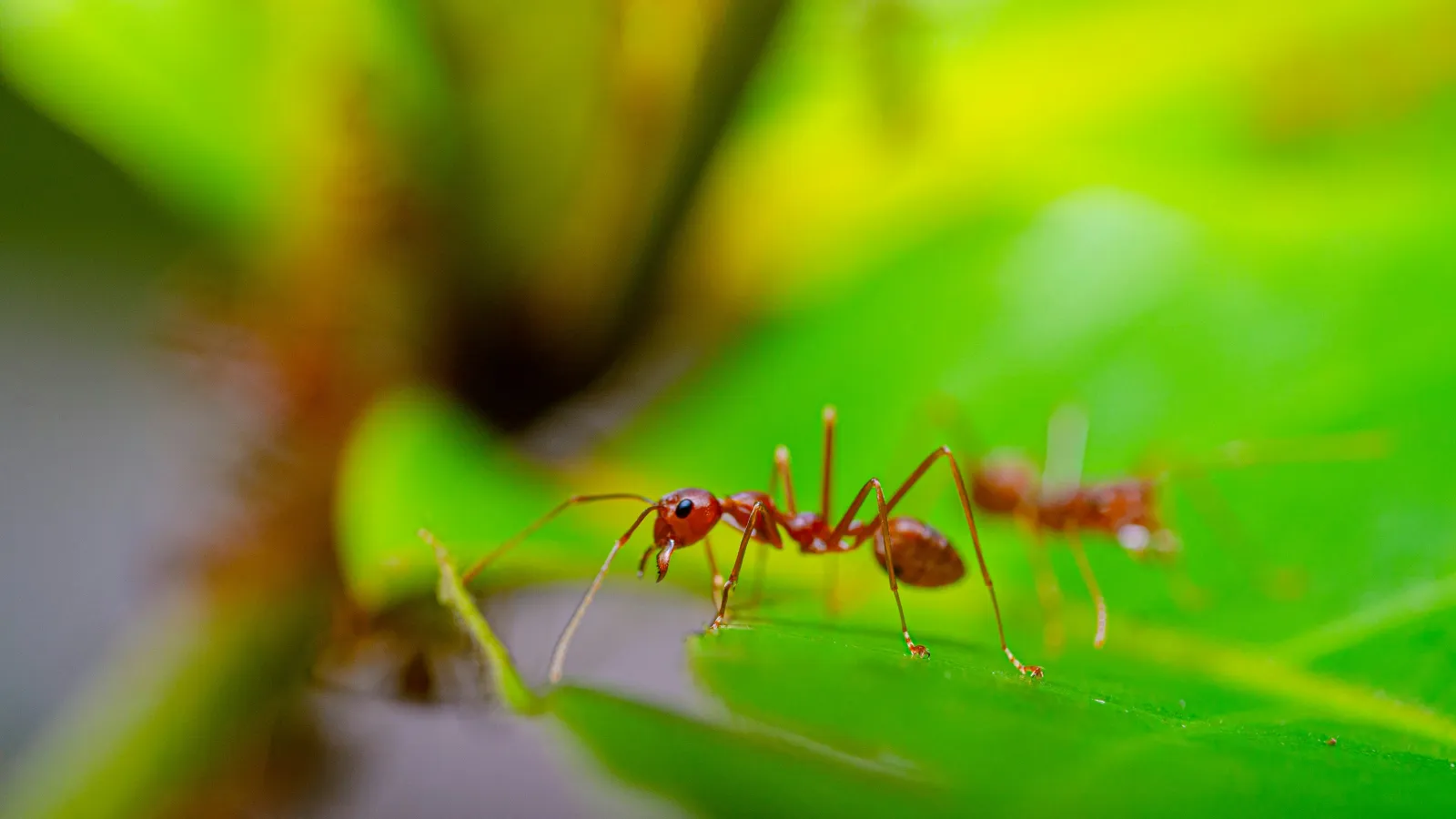
Fire Ants
- Found in Zoysia, Bermuda, and Fescue
- Active late spring to late fall
The red imported fire ant is commonly found in yards without preventative treatment. The red imported fire ant is a nuisance pest in several southeastern states, including Alabama, Florida, Georgia, Mississippi, South Carolina, and Tennessee. Their sting can be painful to humans and pets. We offer a one-time treatment to protect your yard for up to one year.
- Active late spring to late fall
The red imported fire ant is commonly found in yards without preventative treatment. The red imported fire ant is a nuisance pest in several southeastern states, including Alabama, Florida, Georgia, Mississippi, South Carolina, and Tennessee. Their sting can be painful to humans and pets. We offer a one-time treatment to protect your yard for up to one year.
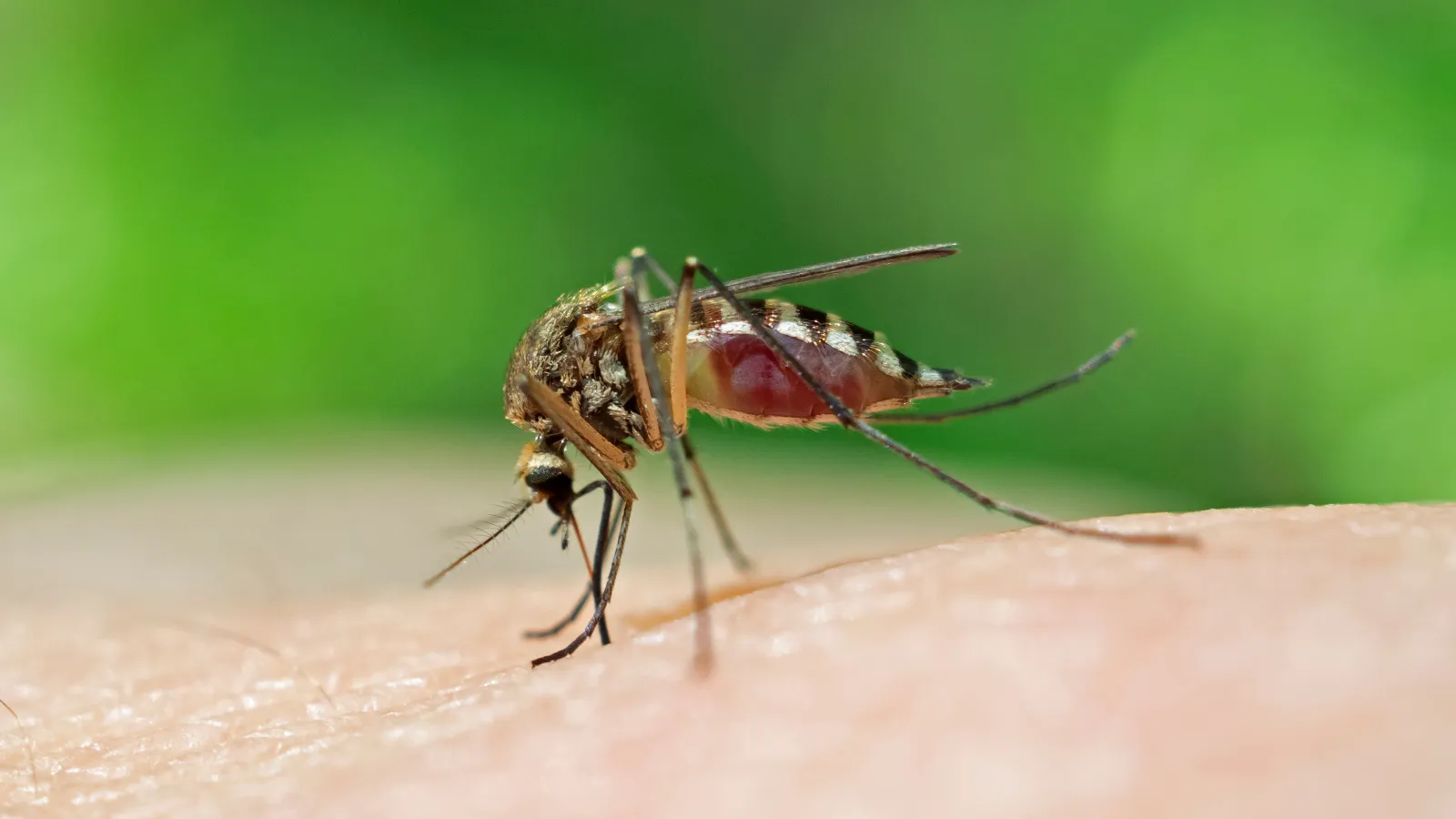
Mosquitoes
- Can be a nuisance for any homeowner
- Most active spring to late fall when the weather is warm and water is accessible
Mosquitoes need to be treated with larvacides and adulticides to address both young and adult mosquitoes. We recommend eliminating areas of standing water where mosquitoes can breed. Our Mosquito Control Service includes monthly treatments from March through October.
- Most active spring to late fall when the weather is warm and water is accessible
Mosquitoes need to be treated with larvacides and adulticides to address both young and adult mosquitoes. We recommend eliminating areas of standing water where mosquitoes can breed. Our Mosquito Control Service includes monthly treatments from March through October.
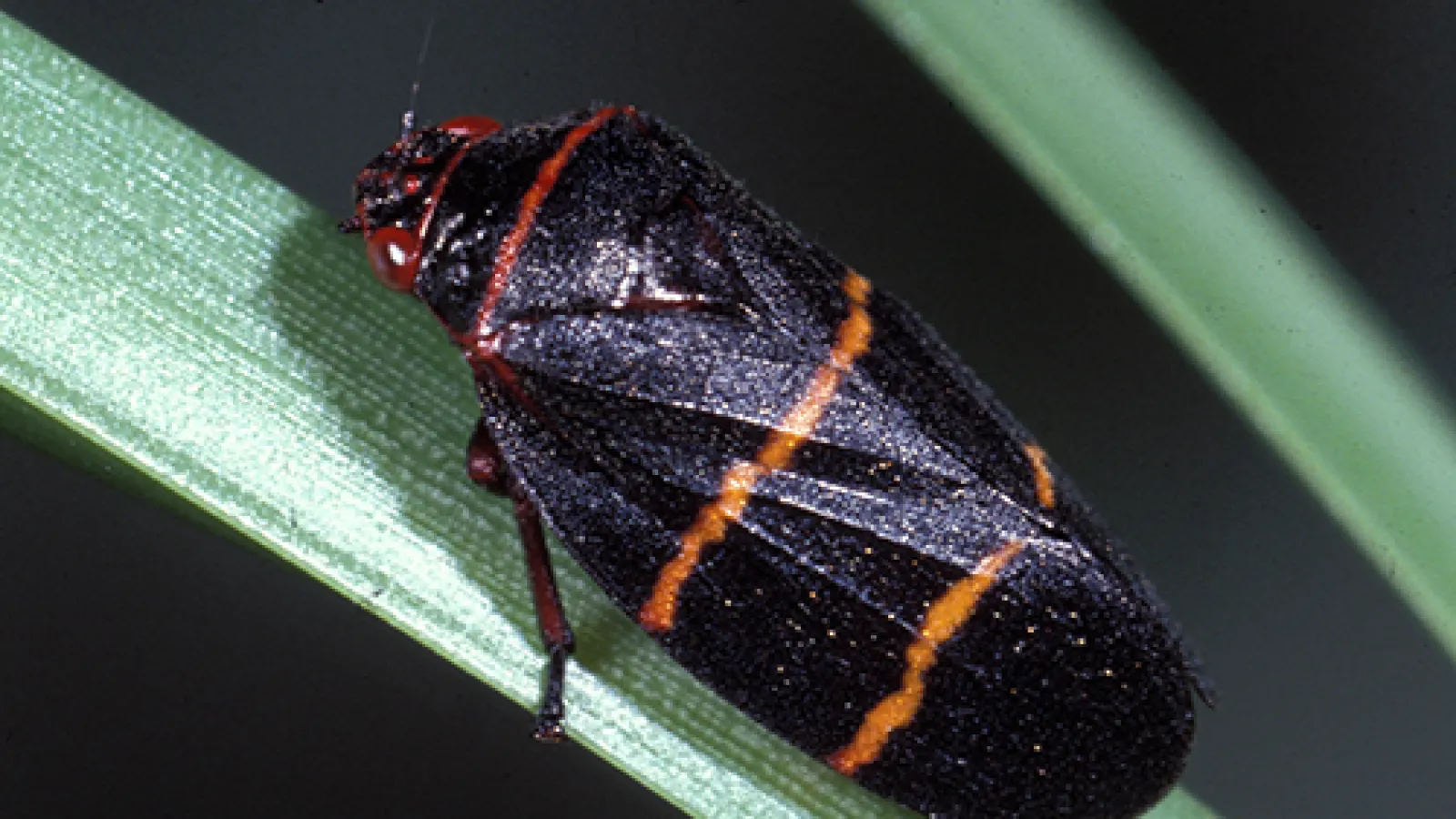
https://entnemdept.ufl.edu/creatures/ORN/TURF/two_lined_spittlebug_Prosapia_bicincta.htm
Spittlebug
- Found in Zoysia and Bermuda
- Active late spring through summer
Spittlebugs are associated with heavy thatch, and an infested area will feel "squishy" when you walk across it due to numerous spittle masses. The back portion of their body is wider than the front, and they're good jumpers, so it's no surprise that their nickname is froghoppers.
- Active late spring through summer
Spittlebugs are associated with heavy thatch, and an infested area will feel "squishy" when you walk across it due to numerous spittle masses. The back portion of their body is wider than the front, and they're good jumpers, so it's no surprise that their nickname is froghoppers.
Photo credit: Lyle J. Buss
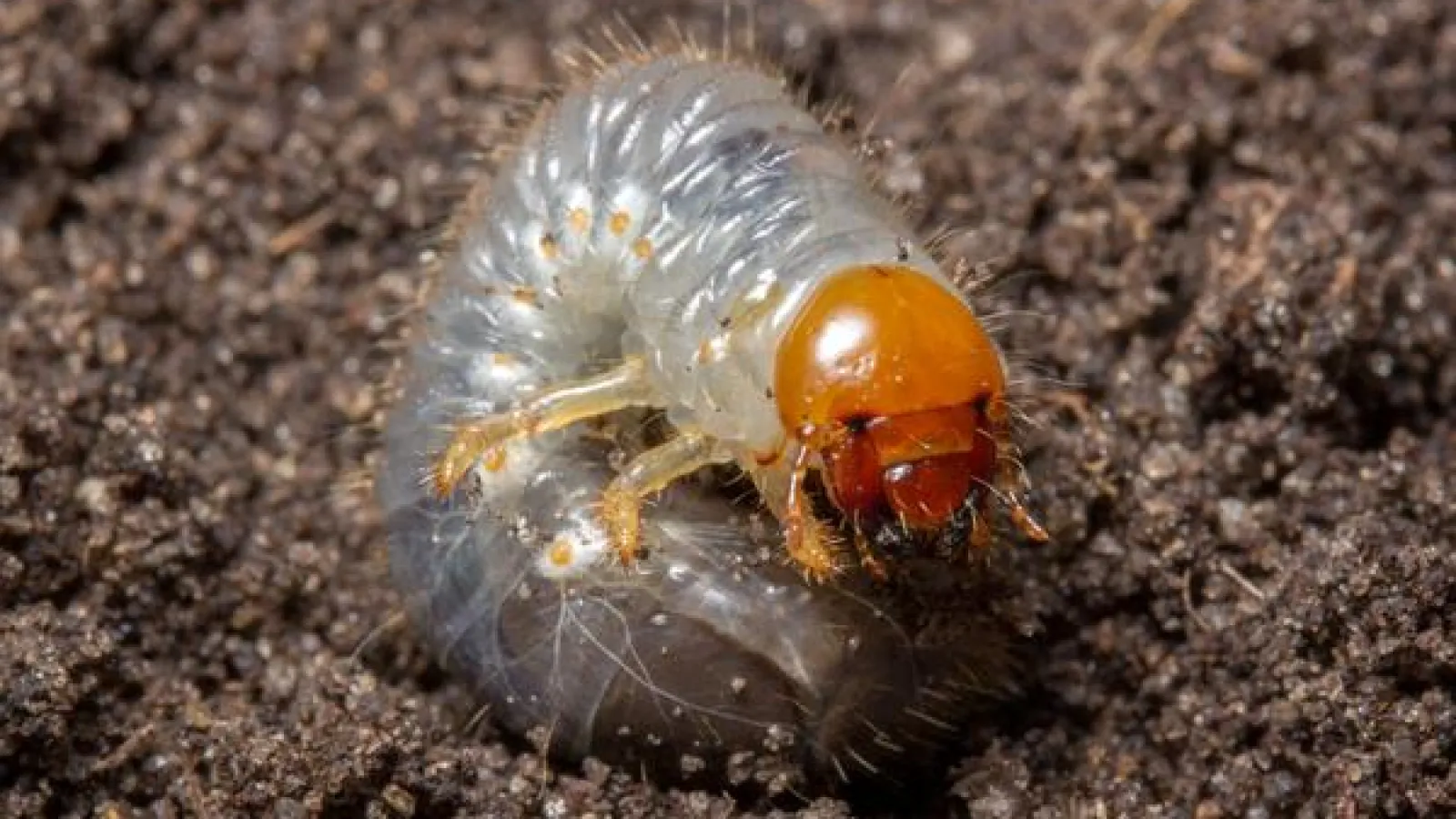
https://content.ces.ncsu.edu/white-grubs-in-turf
White Grubs
- Found in Bermuda and Fescue
- Active spring through fall
White grubs are the larvae of scarab beetles, and they chew on grass roots, causing the turf to turn brown and die. While adult beetles are pests in their own right, the grubs damage turfgrasses. Their chewing reduces the ability of grass to take in water and nutrients to remain healthy. Like a loose carpet, damaged turf will pull up easily from the soil.
- Active spring through fall
White grubs are the larvae of scarab beetles, and they chew on grass roots, causing the turf to turn brown and die. While adult beetles are pests in their own right, the grubs damage turfgrasses. Their chewing reduces the ability of grass to take in water and nutrients to remain healthy. Like a loose carpet, damaged turf will pull up easily from the soil.
Photo credit: NC State Extension Publications